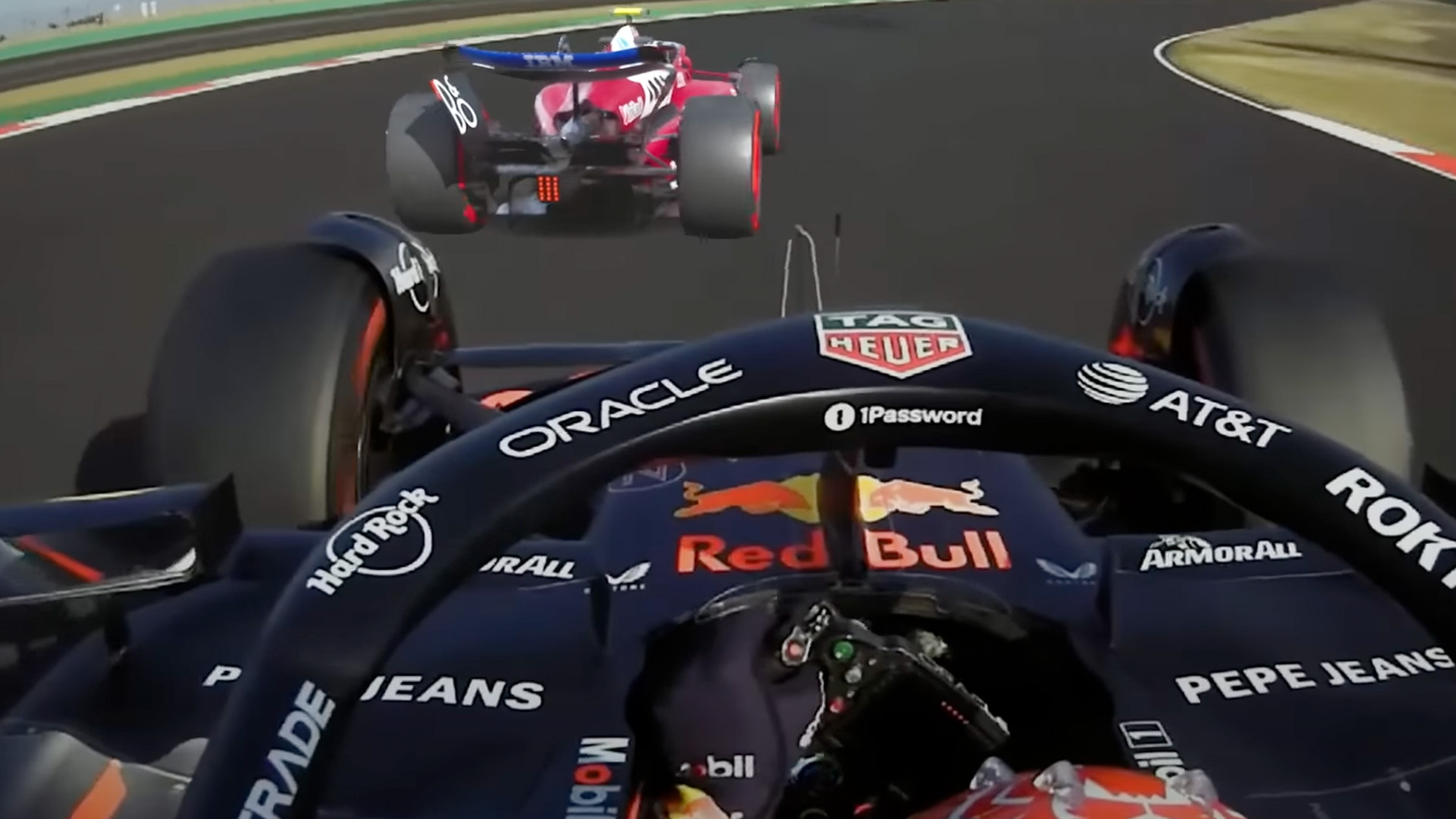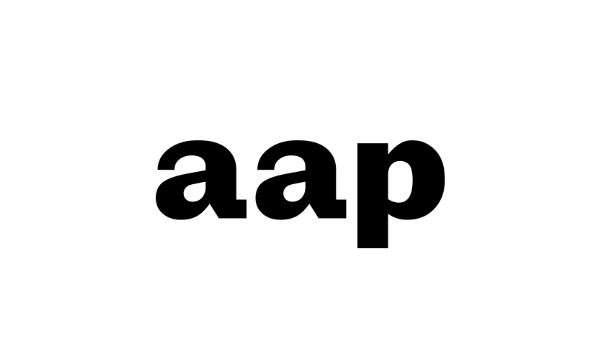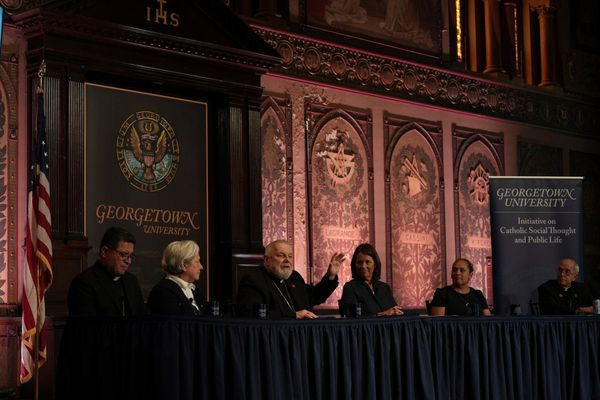
I love it when a plan comes together, and there must be someone in the TV production pipeline at Formula 1 who's patting themselves on the back right now for a plan well executed. The motorsport's YouTube channel just uploaded a really interesting new look back at qualifying for this week's sprint race at the Chinese Grand Prix, and it needs to be seen even if you're not an F1 fan.
The replay shows the on-car point of view of reigning world champion Max Verstappen, which is a viewpoint that we've seen many times before (albeit it's still always fascinating for how it shows you the sheer speed and risk of racing). This time, though, F1 has used augmented reality to superimpose an opaque "ghost car" representing the exact speed and positioning of Ferrari's Lewis Hamilton's own (minutely faster) lap.
So, you get to basically watch two laps in one, and see the exact ways in which they took slightly different approaches to different segments of the track, without having to worry about other cars jamming up their preferred lines. It's a brilliant, insightful new type of replay that arguably would only work in a sprint context (or perhaps when comparing qualifying laps).
More interestingly, though, it'll strike different viewers very differently depending on whether they're seasoned racing gamers or not. After all, even aside from the official F1 games, which have been really successful in recent years, anyone who's played Gran Turismo down the decades will know the usefulness of racing against ghost cars to help you finesse the racing line on a given circuit.
Heck, even more casual gamers might have encountered the same thing if they've played Mario Kart, which has used ghosts at various times to pose players with high-level speed challenges. It's textbook video gaming, and because of that virtual car, it always seemed like something you couldn't replicate in the real world.
Of course, we're not quite in a place where Verstappen himself could see that ghost in real-time, although an augmented-reality display in his helmet wouldn't be as science-fiction now as a couple of years ago. Still, for the viewers this feels like a genuine innovation at a time when sports broadcasting can be a little samey.
It's being greeted rapturously in the YouTube comments, too, to underline how much people appreciate new options like this when they actually give you new ways to look at racing. Hopefull,y there are more examples to come, because it's certainly one of the coolest broadcasting techniques I've seen in a while.







